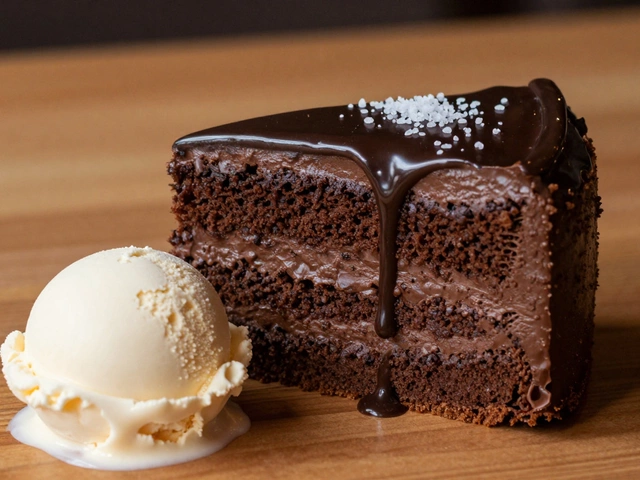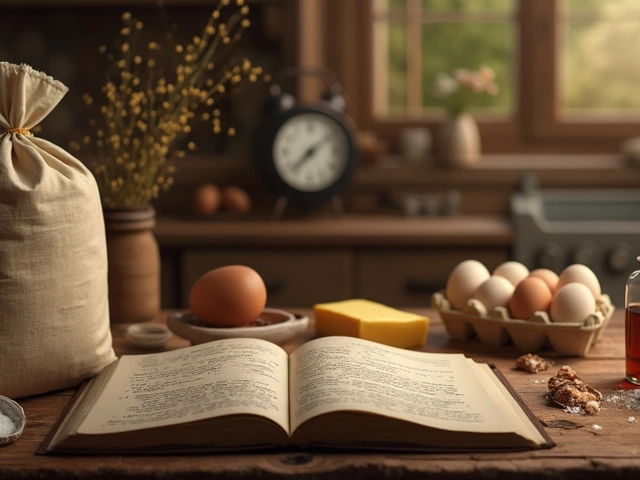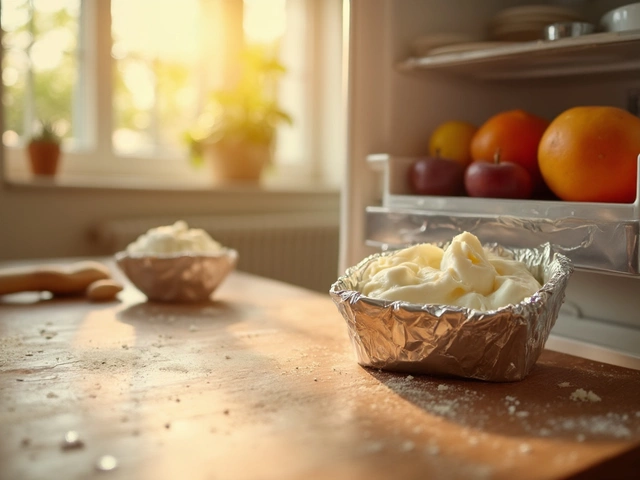Cookie History: From Ancient Grains to Modern Classics
If you love a warm chocolate‑chip cookie, you’re actually tasting centuries of culinary change. Cookies didn’t start as a sweet snack; they were a way to use up leftover dough and stretch supplies. Knowing where they came from helps you appreciate each bite a bit more.
Early forms of cookies appeared in ancient Persia around the 7th century. Bakers mixed honey, nuts, and spices into thin flatbreads that could travel long distances. When the Crusades opened trade routes, those spiced biscuits made their way to Europe, where they morphed into what the French call “biscuits” and the English “cookies.”
From Ancient Grains to Modern Chocolate Chip
In medieval Europe, the word “cookie” (from Dutch "koekje," meaning little cake) described small, crisp treats baked twice to keep them dry for long voyages. Dutch settlers brought these crunchy biscuits to America in the 1600s. By the 1800s, American bakers began adding molasses, ginger, and oats, creating the hearty ginger‑snap that still ships out of many bakeries.
The turning point arrived in 1938 when Ruth Wakefield, owner of the Toll House Inn, accidently added chopped chocolate to a butter‑sugar‑brown‑sugar dough. The chocolate melted, softened, and gave birth to the world’s most famous cookie. This simple mistake turned the cookie from a simple biscuit into a comforting, gooey treat that defines modern baking.
How Cookie Trends Shaped Today’s Baking
Post‑World War II, cheap sugar and mass‑produced flour made cookies a household staple. The 1950s saw the rise of the iconic chocolate‑chip variety, while the 1970s introduced soft, chewy oatmeal raisin versions spurred by health‑conscious trends. Today, Instagram‑ready cookies—think smashed brownies, cookie‑sandwiches, and vegan oat‑flour bites—reflect both nostalgia and innovation.
Understanding this timeline helps you decide which cookie to bake next. Want a crisp snap? Stick to a thin dough with a low moisture ratio, mimicking the medieval biscuit style. Craving chewiness? Increase brown sugar and butter, then chill the dough longer, just like the classic Toll House recipe.
Modern bakers also experiment with ancient ingredients. Adding cardamom, sesame, or even black sesame paste pays homage to the Persian roots while delivering fresh flavor. Swapping regular flour for almond or oat flour taps into the gluten‑free movement, echoing the adaptable spirit of early cookie makers.
So next time you pull a tray of cookies from the oven, remember you’re holding a piece of history that traveled from Persian courts to Dutch ships, to American diners, and finally to your kitchen counter. Each bite ties you to centuries of resourceful bakers who turned simple dough into a universal comfort.
Ready to bake? Pick a style that matches your mood—crisp, chewy, or somewhere in between—and enjoy the snack that’s been evolving for over a thousand years. Happy baking!

Is Pure Vanilla Cookie Blind? Demystifying Cookie Myths
Explore the curious world of pure vanilla cookies and the myths surrounding them. Dive into unique baking tips to perfect your homemade cookies, while uncovering the truth behind the 'blind cookie' notion. Understand the history and evolution of vanilla cookies to appreciate their simplicity and depth. Learn how different ingredients can affect taste and texture, helping you become a cookie maestro in your own kitchen.
View More




